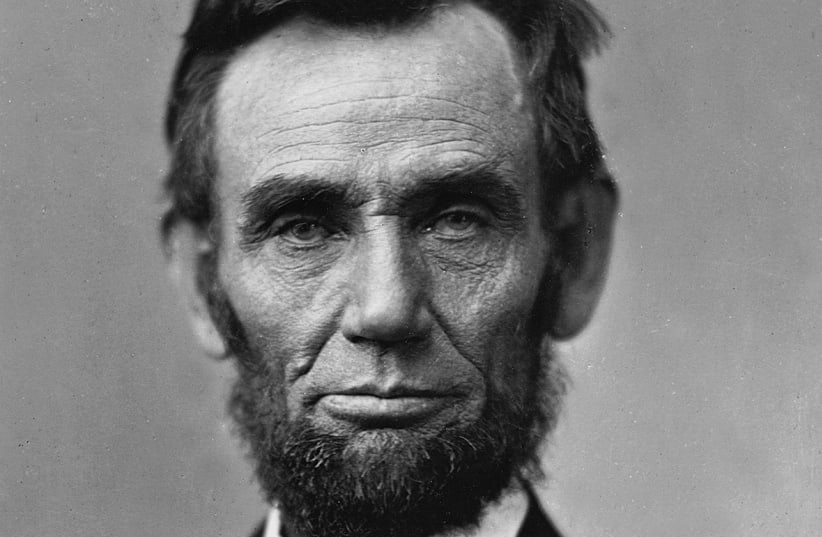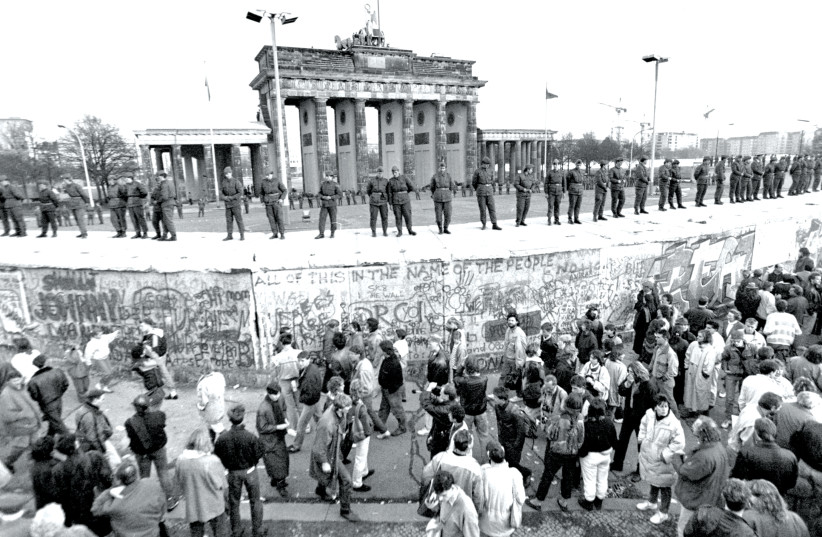Freedom is all too often taken for granted, yet it is a fundamental right that has been fought for throughout history.
From the abolition of slavery to the fight for suffrage, people have been fighting for the freedom to live their lives without oppression.
The Jewish people coming out of Egypt as slaves and becoming a free nation is a powerful example of this struggle for freedom.
As we reflect on this story and its relevance to our lives today, it is important to also recognize the ongoing struggle for civil liberties around the world.
Here are some events related to freedom and civil liberties that have shaped history:
Events of freedom that shaped history
- The French Revolution (1789-1799): This was a period of radical social and political upheaval in France, characterized by the overthrow of the monarchy, the Reign of Terror, and the establishment of a democratic republic.
- The Emancipation Proclamation in the United States (1863): This was an executive order issued by president Abraham Lincoln during the Civil War, which declared that all slaves in Confederate-held territory were to be set free.
- The abolition of slavery in the United States (1865): This was a result of the Civil War and the passage of the 13th Amendment to the US Constitution, which officially abolished slavery and involuntary servitude in the United States.
- The Women’s Suffrage Movement in the United States (early 20th century): This was a movement for women’s right to vote and participate in the democratic process, led by figures such as Susan B. Anthony and Elizabeth Cady Stanton.
- The Indian Independence Movement led by Mahatma Gandhi (1947): This was a nonviolent movement against British colonial rule in India, led by Mahatma Gandhi and other Indian nationalists. The movement eventually led to Indian independence in 1947.
- The end of colonialism in India, Africa, and other parts of the world (mid-20th century): This was a period of decolonization and the dismantling of European empires in Africa, Asia, and the Middle East, as nationalist movements sought independence and self-determination.
- The Civil Rights Movement in the United States (1950s-1960s): This was a movement for social justice and equal rights for African Americans in the United States, including the right to vote, desegregation, and equal access to education and employment. It was led by figures such as Martin Luther King Jr., Rosa Parks, and Malcolm X.
- The independence of Bangladesh from Pakistan (1971): Bangladesh was formerly known as East Pakistan and was part of Pakistan until 1971. The movement for independence was led by Bengali nationalists, and the resulting conflict led to a war and the establishment of Bangladesh as an independent nation.
- The end of military rule and the establishment of democracy in Latin American countries (1980s-1990s): This was a period of political change in which many countries in Latin America transitioned from military dictatorships to democratic governments, often with the support of the international community.
- The end of the military dictatorship in Argentina (1983): Argentina was ruled by a military junta from 1976 to 1983, during which time there were widespread human rights abuses and disappearances. The dictatorship ended after a long period of political unrest and protests.
- The end of the military dictatorship in Brazil (1985): Brazil was ruled by a military junta from 1964 to 1985, during which time there were human rights abuses, censorship, and political repression. The dictatorship ended after a long period of political unrest and democratization movements.
- The end of the military dictatorship in Uruguay (1985): Uruguay was ruled by a military junta from 1973 to 1985, during which time there were human rights abuses and disappearances. The dictatorship ended after a long period of political unrest and democratization movements.
- The end of the Marcos dictatorship in the Philippines (1986): The Philippines was ruled by a dictatorship under president Ferdinand Marcos from 1965 to 1986. In 1986, a peaceful people power revolution led by the opposition and civil society groups forced Marcos to flee the country, and democracy was restored.
- The fall of the Berlin Wall and the collapse of Communism in Eastern Europe (1989): The Berlin Wall was a symbol of the Cold War and the division between East and West Germany. Its fall marked the end of Communist rule in Eastern Europe and the reunification of Germany.
- The Velvet Revolution in Czechoslovakia (1989): This was a nonviolent political revolution that led to the end of Communist rule in Czechoslovakia and the establishment of a democratic government.
- The end of the Communist regime in Poland (1989): Poland was ruled by a Communist government supported by the Soviet Union from the end of World War II until the late 1980s. The regime faced increasing opposition from labor unions, intellectuals, and other groups, leading to the establishment of a democratic government in 1989.
- The end of the Pinochet dictatorship in Chile (1990): Augusto Pinochet had come to power in a military coup in 1973, and his regime was characterized by repression and human rights abuses.
- The Velvet Divorce and establishment of Slovakia and the Czech Republic as independent nations (1993): This was a peaceful dissolution of Czechoslovakia, which had been formed after World War I, into two separate nations – Slovakia and the Czech Republic.
- The end of apartheid in South Africa (1994): Apartheid was a system of racial segregation and discrimination enforced by the South African government from 1948 to 1994. The end of apartheid was the result of a long struggle by the black majority, supported by the international community, to end racial discrimination and establish a democratic government.
These events illustrate how the fight for freedom and civil liberties has been an ongoing struggle across different cultures and time periods. The efforts of individuals and groups who fought for these rights have shaped the world we live in today, and it is important to continue to recognize and support these efforts to ensure that freedom and civil liberties are upheld for all. ■

